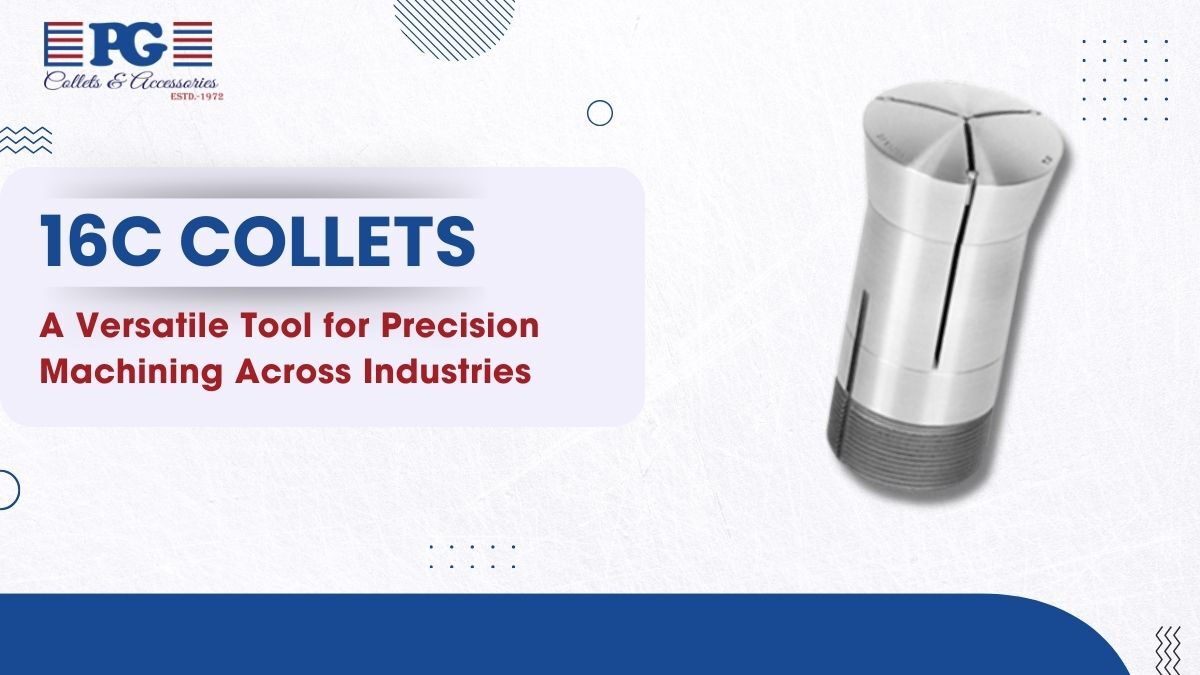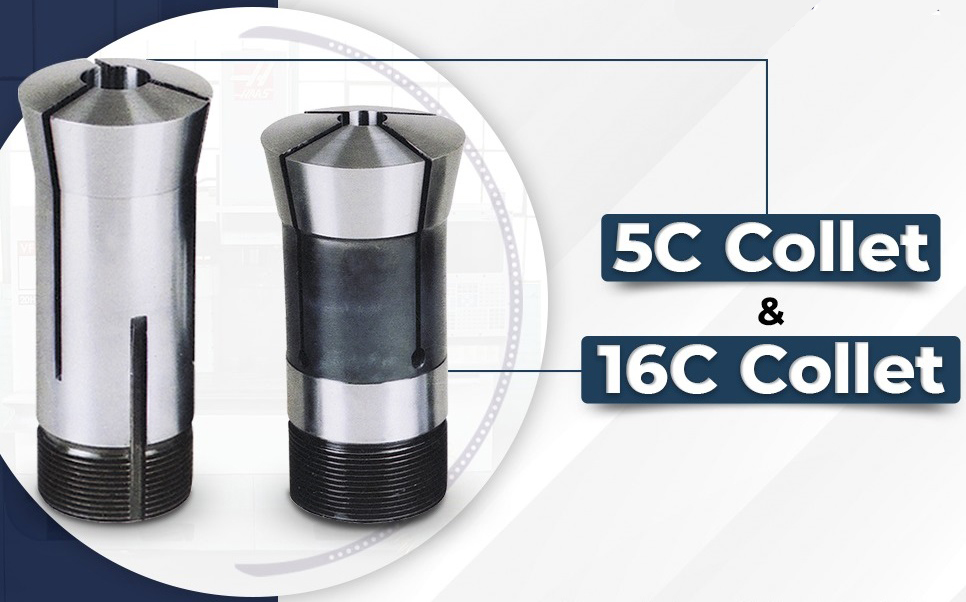16C collets are a type of collet chuck that is widely used in precision machining applications. They are known for their accuracy, versatility, and durability, making them a valuable asset for any machine shop. In this blog post, we will discuss the following:
- What are 16C collets?
- How do 16C collets work?
- What are the benefits of using 16C collets?
- What are some common applications for 16C collets?
- How to choose the right 16C collet for your needs
What are 16C collets?
16C collets are a type of collet chuck that is designed to hold round workpieces with a high degree of accuracy. They are made from high-quality steel and are available in a variety of sizes to accommodate different workpiece diameters. 16C collets have a tapered shank that fits into a collet chuck, and they are tightened by a collet nut.
How do 16C collets work?
When a collet nut is tightened, it draws the collet cone up into the collet chuck. This causes the collet to grip the workpiece tightly and evenly. The tapered design of the collet ensures that the workpiece is centered and held securely.
What are the benefits of using 16C collets?
There are many benefits to using 16C collets in your machine shop. Some of the most notable benefits include:
- Accuracy: 16C collets are known for their accuracy. They can hold workpieces to within 0.0001 inches of runout, making them ideal for precision machining applications.
- Versatility: 16C collets are available in a wide range of sizes, making them suitable for a variety of different machining applications.
- Durability: 16C collets are made from high-quality steel, making them durable and long-lasting.
- Quick and easy to use: 16C collets are quick and easy to change, making them a time-saving option for busy machine shops.
What are some common applications for 16C collets?
16C collets are used in a wide variety of industries, including:
- Aerospace: 16C collets are used to machine precision parts for aircraft and spacecraft.
- Medical: 16C collets are used to machine delicate medical devices.
- Automotive: 16C collets are used to machine parts for cars and trucks.
- Electronics: 16C collets are used to machine small electronic components.
How to choose the right 16C collet for your needs
When choosing a 16C collet, it is important to consider the following factors:
- The size of the workpiece: You will need to choose a collet that is the correct size for the workpiece you are machining.
- The material of the workpiece: Some collets are designed for specific materials, such as aluminum or steel.
- The accuracy requirements of the job: If you need to machine the workpiece to a high degree of accuracy, you will need to choose a collet that is known for its accuracy.
- Your budget: 16C collets range in price from a few dollars to hundreds of dollars. It is important to choose a collet that is within your budget.
Once you have considered these factors, you can narrow down your choices and select the right 16C collet for your needs.
Conclusion
16C collets are a versatile and valuable tool for any machine shop. They offer a high degree of accuracy, versatility, and durability, making them ideal for a wide variety of machining applications. If you are looking for a collet chuck that can help you improve your productivity and accuracy, 16C collets are a great option.



